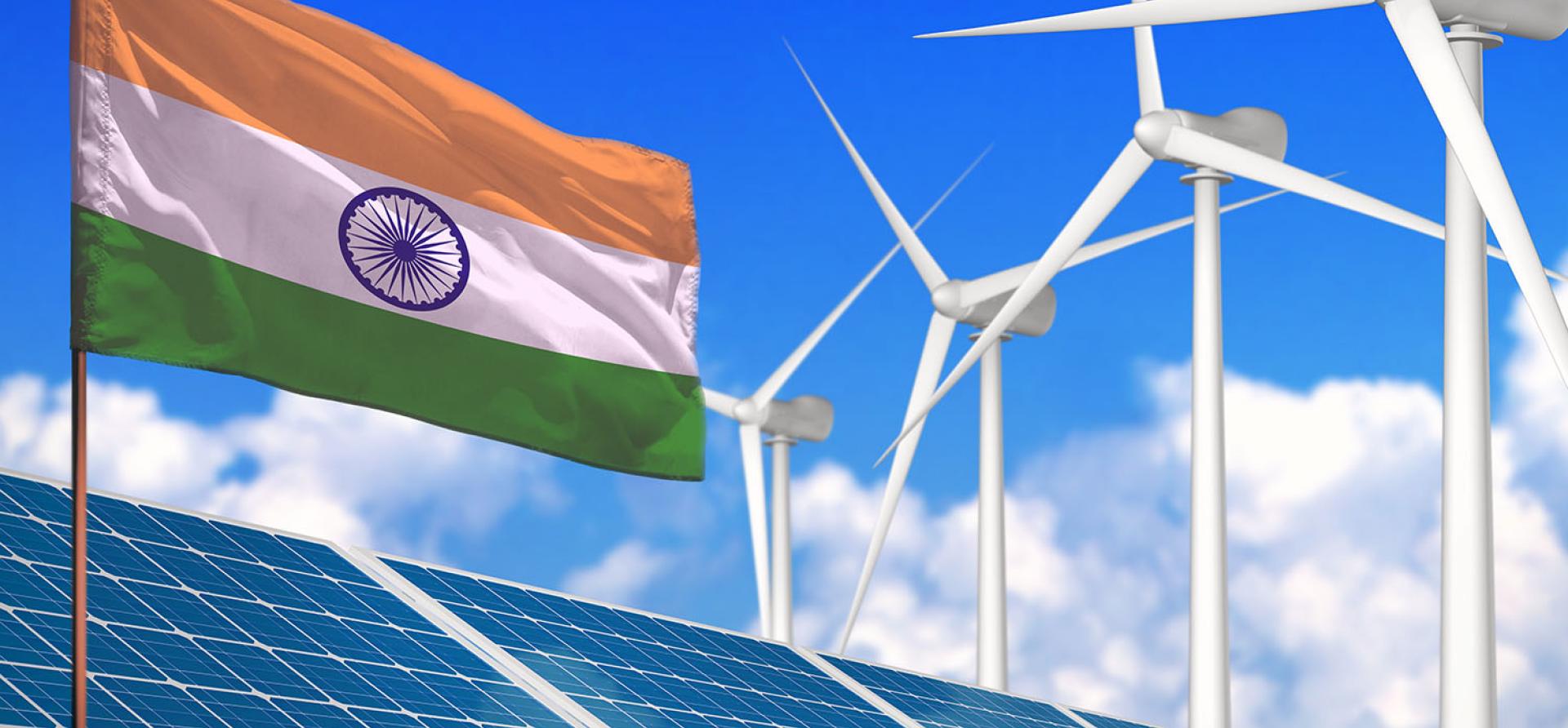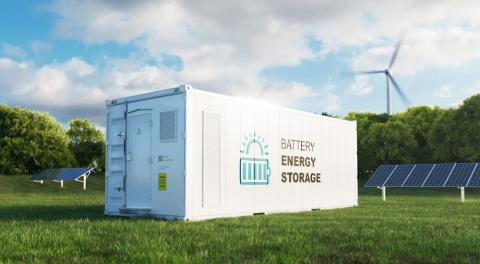India and Australia’s richest race to net zero by 2030

It appears that Reliance Industries’ Mukesh Ambani and Fortescue Metals Group’s Andrew Forrest have drunk the same cool-aid as the Chair of the biggest asset manager in the world, BlackRock’s founder Larry Fink.
The richest man in India set his firm towards a net-zero emissions by 2035 pledge in June 2021 while Australia’s Andrew Forest pledged net-zero emissions by 2030 (scope 1 & 2) and by 2040 (for scope 3).
And over the weekend, both Ambani and Forrest cemented their pledges with massive investments in zero emissions industries of the future.
Combine this with the tsunami of asset reallocation occurring in global capital markets – and the Glasgow Financial Alliance for Net-Zero now collectively holding assets under management of a staggering US$90 trillion to invest in alignment with a 1.5°C trajectory – and one might think that billionaires and the financial industry are acting ahead of governments to deliver on global solutions to the climate crisis at the scale and speed needed.
Reliance Industries pulled off a staggering US$44bn equity raising in the middle of COVID-19
Over the years, Reliance Industries has had phenomenal success in commercialising new breakthrough technologies and building Indian industry giants at a truly fast pace. The group pulled off a staggering US$44bn equity raising in the middle of COVID-19 in order to be financially secure, and their share price is up fivefold this last decade, more than doubling the Indian stock market index in this period.
On the weekend, Reliance Industries announced the agreed US$771m acquisition of REC Solar, a global scale solar module manufacturing pioneer founded in Norway. This immediately gives Reliance Industries the management capacity necessary to underpin one of four proposed gigafactories at its Dhirubhai Ambani Green Energy Giga Complex on 5,000 acres in Jamnagar, Gujarat, with a near term target of 9 gigawatts (GW) of annual module manufacturing capacity globally.
Separately, Reliance Industries also announced an agreement to acquire a potentially controlling 40% stake in Sterling and Wilson Solar, one of the world’s leading EPC (engineering, procurement, construction) players. Founded in India, Sterling and Wilson listed on the Indian stock exchange in 2019 but immediately ran into crippling credibility issues due to the growing financial distress of its promotor, Shapoorji Pallonji & Co group.
When these investments are combined with the August 2021 move to invest US$50m in leading energy storage technology company Ambri Inc of Massachusetts U.S., it is clear that Reliance Industries is in the early stages of reinforcing its business strategy of being a massive disruptor-at-scale in key new industries of the future.
Meanwhile in Australia, Andrew Forrest’s Fortescue Future Industries (FFI) has announced numerous (as yet non-binding) memorandums of understanding (MoUs) from around the globe as part of its world-leading investment of US$400-600m in 2021/22 alone in research, development and deployment of breakthrough hydrogen technologies spanning green ammonia for shipping, hydrogen fuel buses, and green iron to accelerate decarbonisation of the global steel industry.
Last week Fortescue Chief Executive Officer, Ms Elizabeth Gaines announced a scope 3 net zero emissions by 2040 pledge.
Then over the weekend, FFI announced plans with Queensland’s Premier Annastacia Palaszczuk to build the world’s largest (to-date) green hydrogen electrolyser manufacturing plant. With a proposed 2GW of annual capacity at Gladstone, this leverages the state’s impressive action to deliver on its 50% renewables by 2030 target, and is a tenfold expansion of the world’s largest operating manufacturing plant, echoing similar capacity expansions in Norway, France and the UK, and most likely China given the country’s plans for 100GW of green hydrogen capacity by 2030.
Reliance and Fortescue are realising the huge opportunities in zero emissions industries
This was followed up today with a second announcement that FFI, in partnership with Incitec Pivot, would build a 50,000 tonne per annum green ammonia electrolysis facility onsite at Incitec’s Gibson Island ammonia nitrate facility in Brisbane, Queensland.
Andrew Forrest has previously indicated that green energy is likely to be a multi-trillion dollar annual industry in the medium term, with investment opportunities nothing short of staggering.
Today, both Reliance and Fortescue are realising the huge investment, employment, import replacement and export opportunities in zero emissions industries of the future, both for India and Australia.
Ambani and Forrest look to be leading the way, fully supported by global financial institutions increasingly seeking to deploy trillions of patient capital in low volatility, non-commodity price exposed zero emissions energy sources of the future.
A billionaires’ self-interest in the pursuit of unprecedented multi-trillion dollar investment opportunities may just be the key to unlocking and commercialising new technologies at the transformational economies of scale needed to solve the climate crisis.
We definitely can’t wait for politicians to do so.
By Tim Buckley, Director Energy Finance Studies Australasia
This commentary first appeared in PV Magazine.
Related articles:
- IEEFA India: Why prices skyrocketed at the power exchange
- IEEFA: High stakes for Asian Development Bank’s ambitious coal power retirement plan
- IEEFA: Orsted’s transition provides key insights for India’s public utilities and renewable energy companies
- IEEFA: Comparing global commitment to renewable energy policies, programs and funding
















